Xylem WTW Turb 750 IR/T User manual
Other Xylem Laboratory Equipment manuals
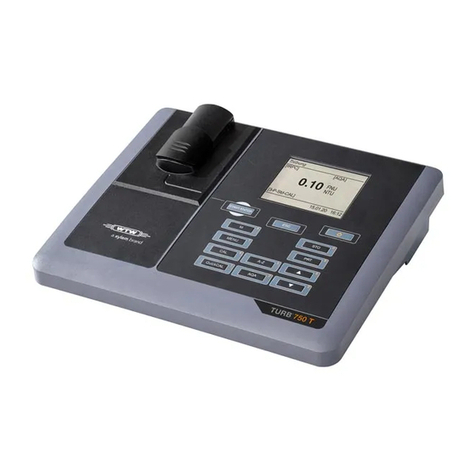
Xylem
Xylem WTW Turb 750 IR/T User manual
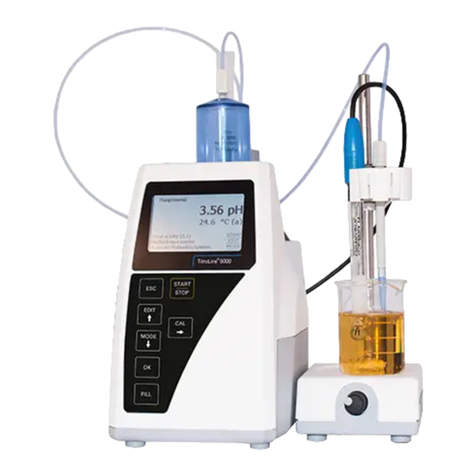
Xylem
Xylem SI Analytics TitroLine 5000 User manual
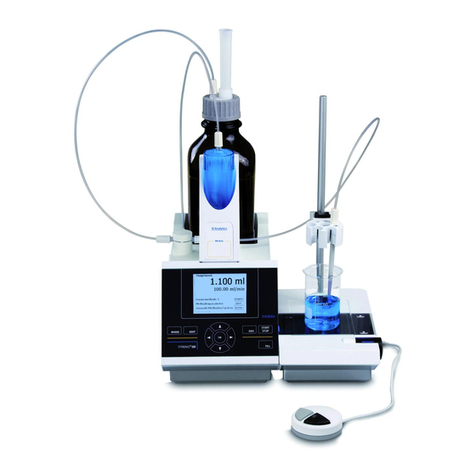
Xylem
Xylem SI Analytics TITRONIC 500 User manual
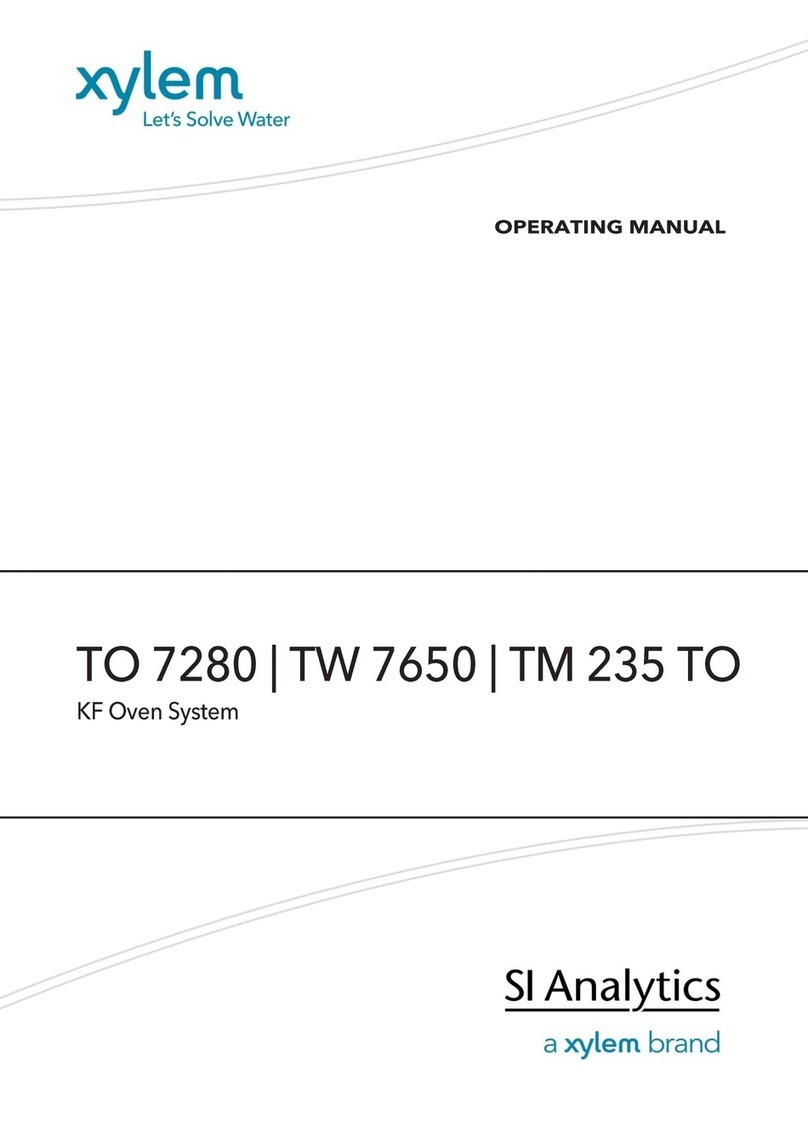
Xylem
Xylem SI Analytics TO 7280 User manual
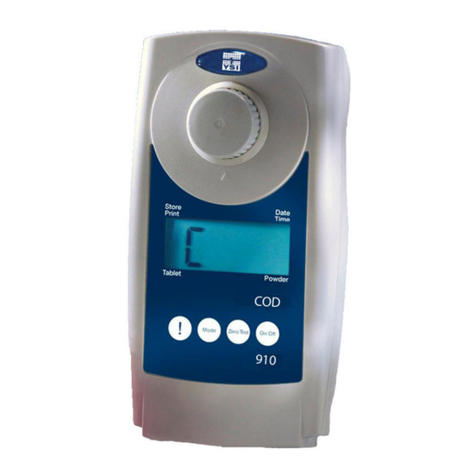
Xylem
Xylem YSI 910 COD User manual
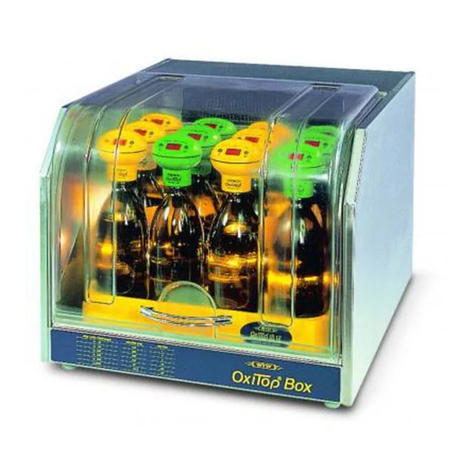
Xylem
Xylem WTW OxiTop Box User manual
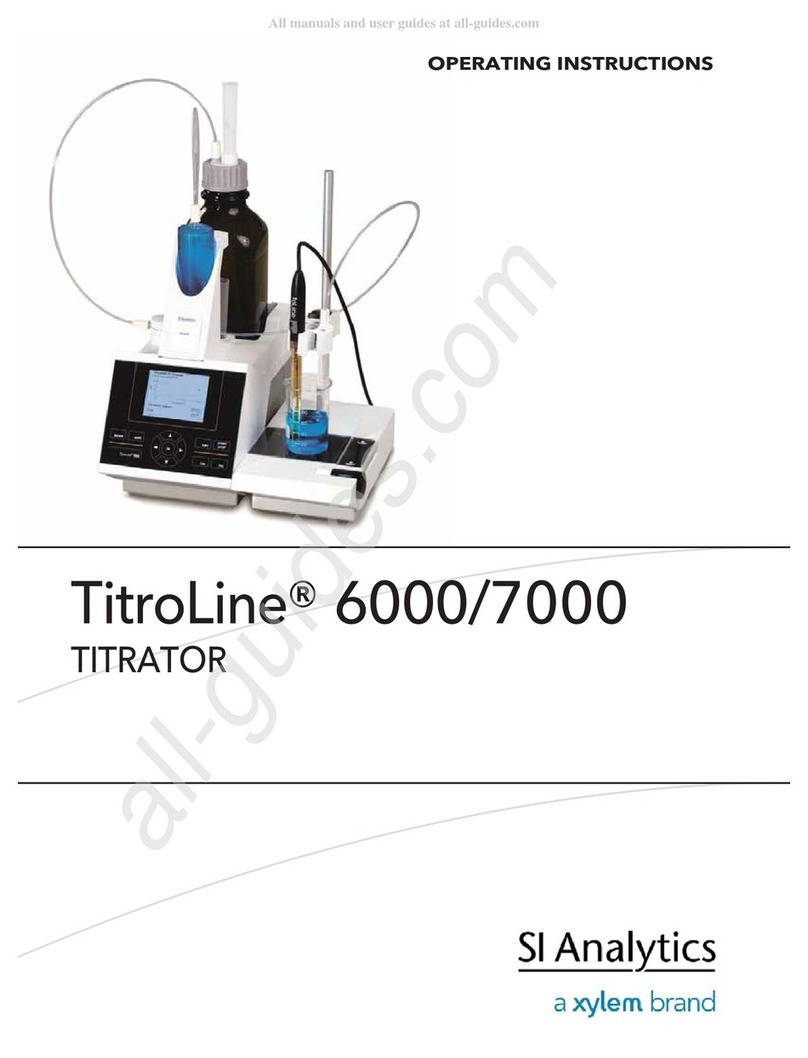
Xylem
Xylem SI Analytics TitroLine 6000 User manual
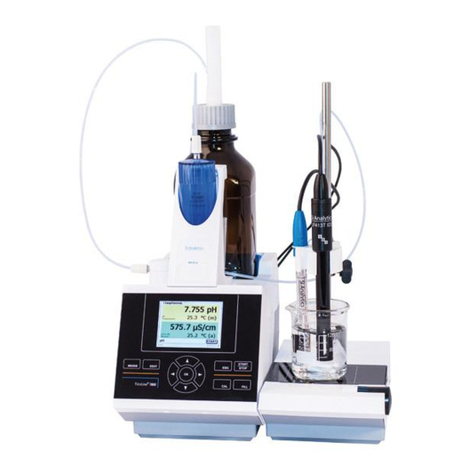
Xylem
Xylem TitroLine 7800 User manual
Popular Laboratory Equipment manuals by other brands

Agilent Technologies
Agilent Technologies 5800 ICP-OES user guide

Endress+Hauser
Endress+Hauser Cleanfit CPA875 operating instructions

NI
NI PXI-5422 CALIBRATION PROCEDURE

Collomix
Collomix Aqix operating instructions

SPEX SamplePrep
SPEX SamplePrep 6875 Freezer/Mill Series operating manual

Ocean Insight
Ocean Insight FLAME-NIR+ Installation and operation manual

Parker
Parker ALIGN-MG-NA Installation, operation and maintenance manual

BD
BD 644787 user guide

DENTAURUM
DENTAURUM Compact Megaplus Instructions for use

Biuged Laboratory Instruments
Biuged Laboratory Instruments BGD 626 instruction manual

VWR
VWR SAS Super IAQ instruction manual

illumina
illumina MiSeqDx reference guide















